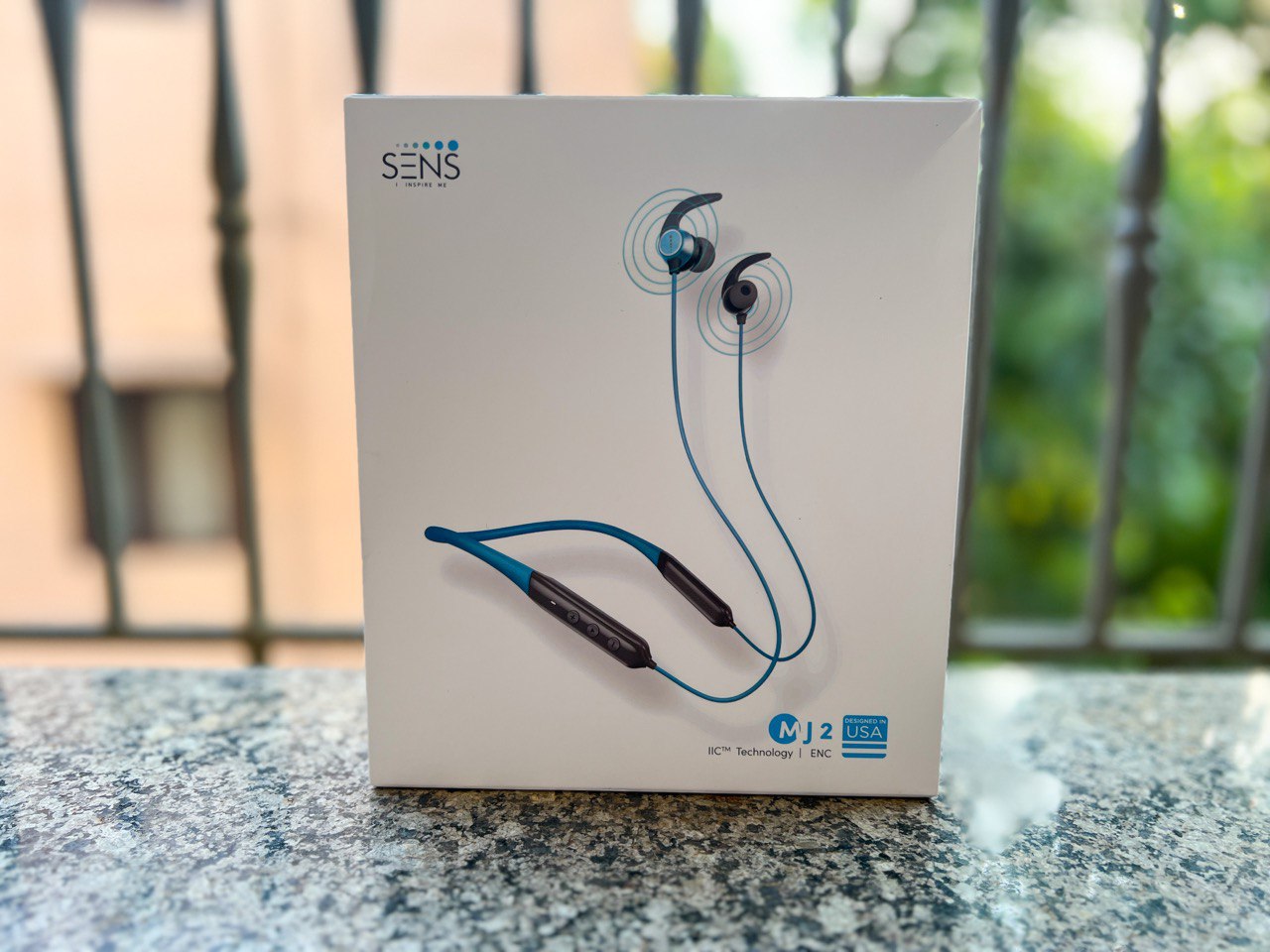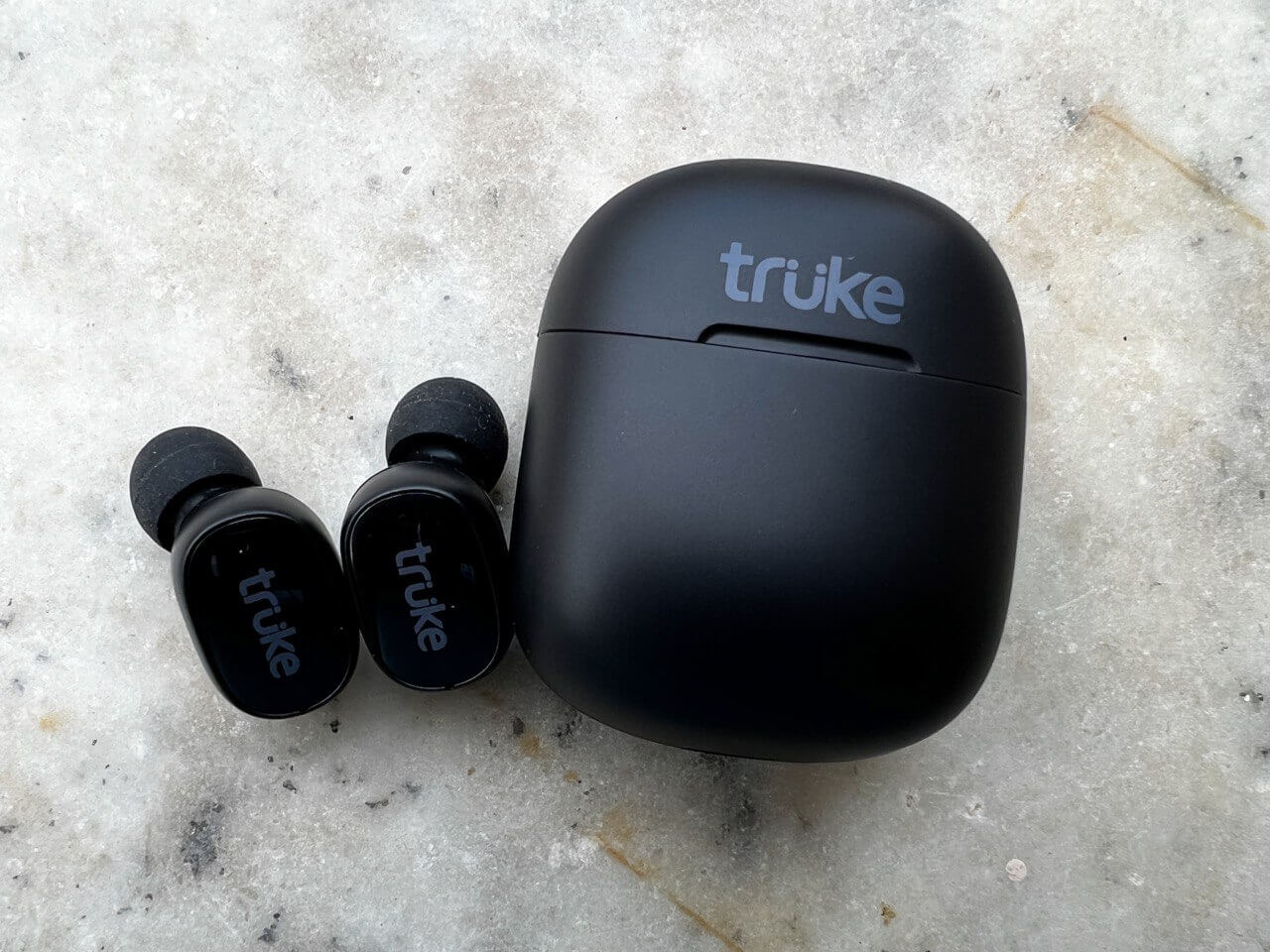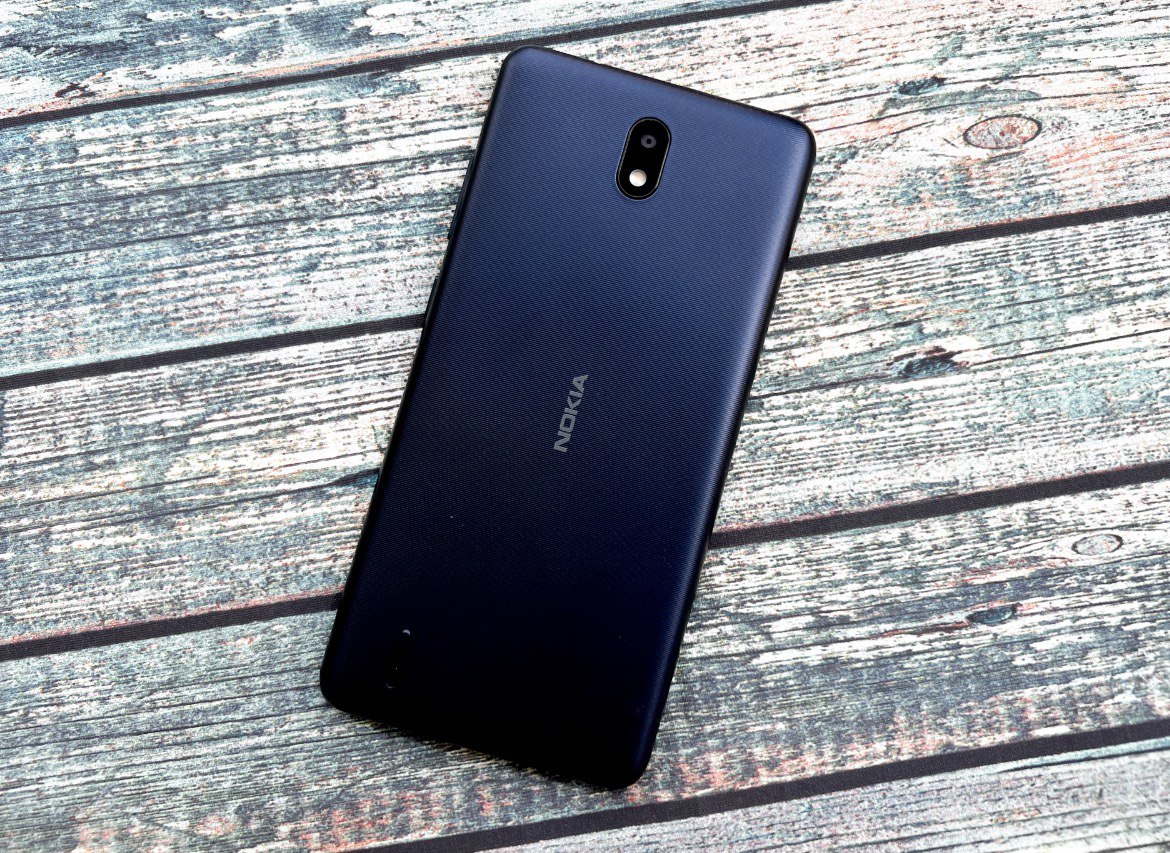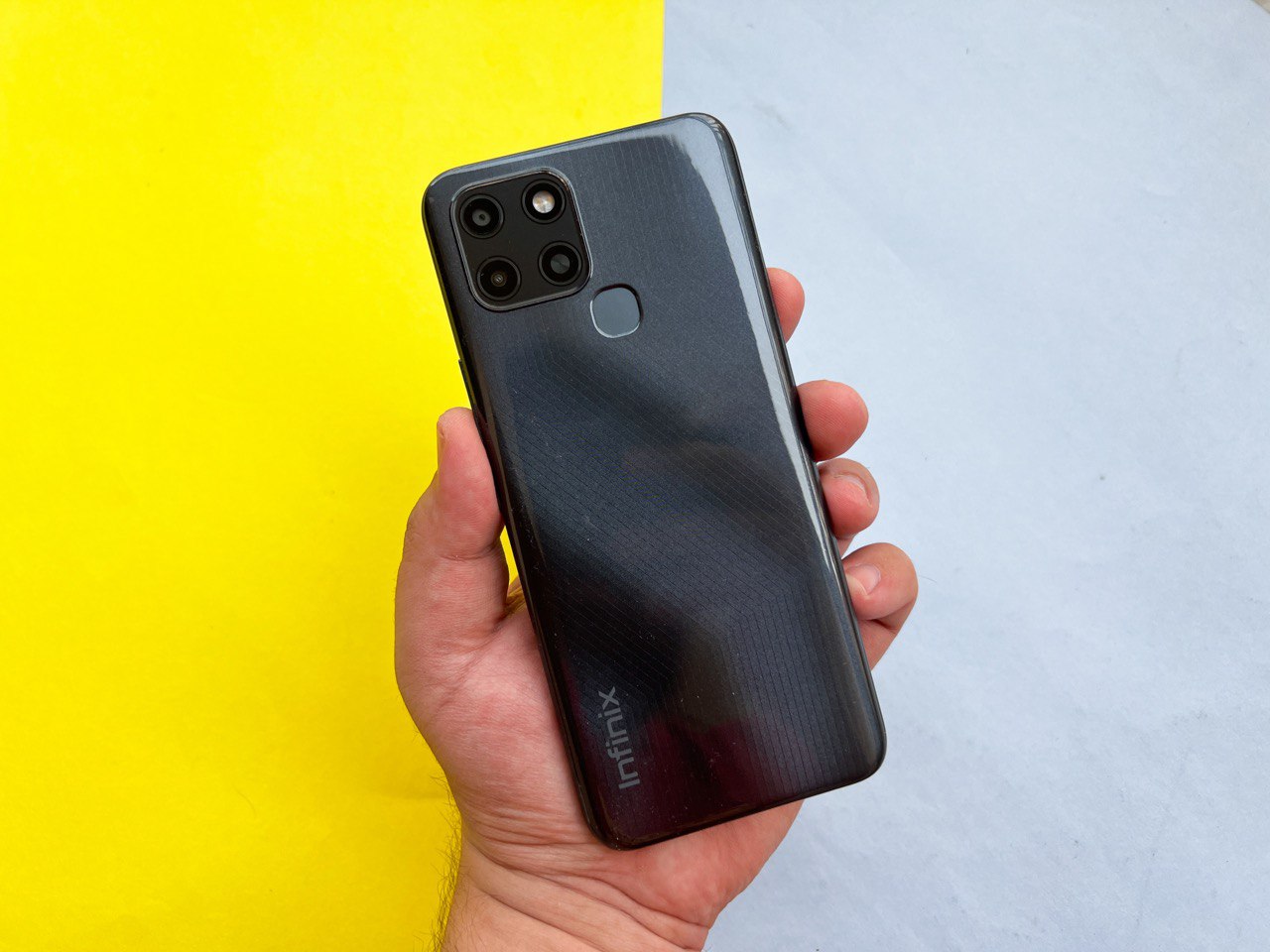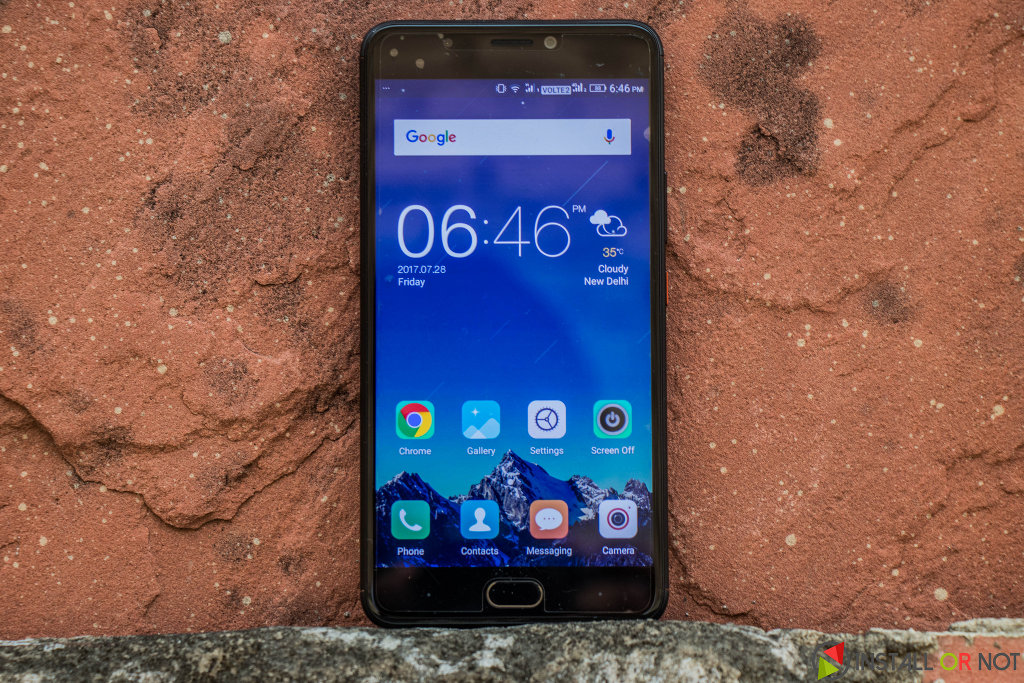 Gionee launched the A series in India soon after its announcement at MWC 2017. The big conference witnessed Gionee launching two smartphones the Gionee A1 and the Gionee A1 Plus. Gionee A1 was made available in India at first after its global announcement, though Gionee A1 Plus arrived late as last month. We had already reviewed the Gionee A1 which can be read about here. Targeting the offline markets with specifically at those who wish a better battery and camera. The Gionee A1 Plus fits in right in this segment but is it for everyone? Let’s find out.
Gionee launched the A series in India soon after its announcement at MWC 2017. The big conference witnessed Gionee launching two smartphones the Gionee A1 and the Gionee A1 Plus. Gionee A1 was made available in India at first after its global announcement, though Gionee A1 Plus arrived late as last month. We had already reviewed the Gionee A1 which can be read about here. Targeting the offline markets with specifically at those who wish a better battery and camera. The Gionee A1 Plus fits in right in this segment but is it for everyone? Let’s find out.
Design and build
Gionee A1 Plus comes with the same design as the Gionee A1. We have an unboxing video live which can be viewed on our YouTube channel linked below.
The front sports a bright full HD 1080p huge 6.0-inch AMOLED 2.5D curved display. It has a physical home button which also doubles as a fingerprint sensor. The recents menu and back buttons are capacitive which can be swapped to either left or right.
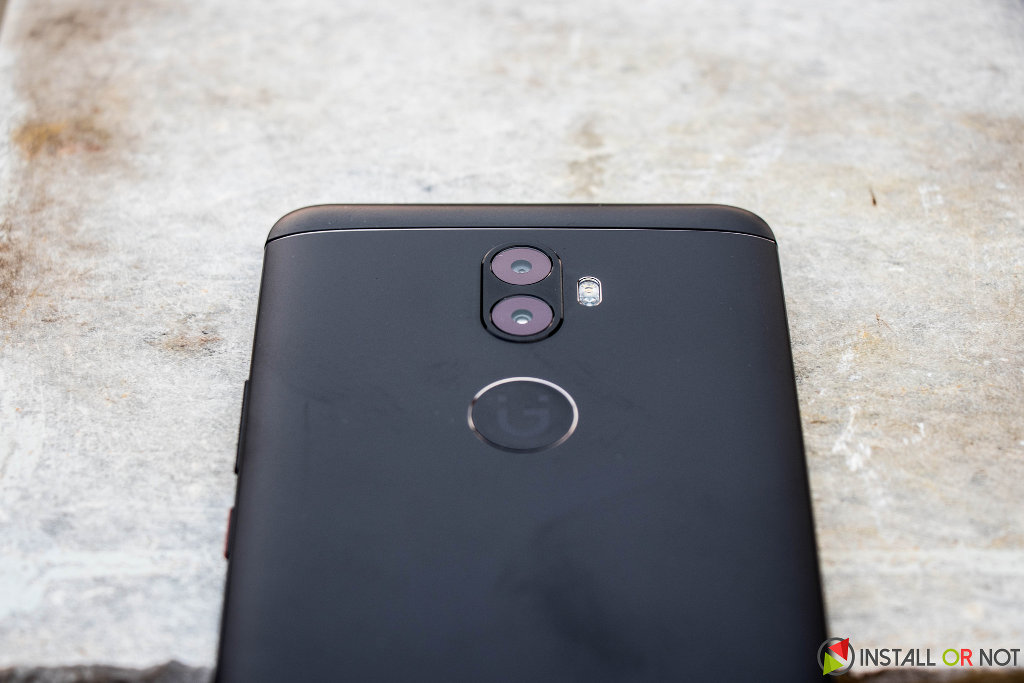
On the top there is a 20MP selfie camera along with a ‘Selfie Flash’ as Gionee likes to call it.
The back/rear of smartphone has antenna lines running through the top and bottom with a chrome polish. The back has a 13MP+5MP dual camera setup with a dual-tone LED flash in the middle underneath which is Gionee’s logo embossed in a cut out much like that of other smartphones having the fingerprint sensor at the back.
The left edge has hybrid sim card slot one of which supports a micro SIM whereas the other either supports a nano SIM or a microSD card.
On the right side, there resides the volume rocker and power button which has an elegant red circumference to it much like the Gionee A1. The bottom has the speaker grill and microUSB port. Since it was announced at MWC 2017 the specifications and design were already out and its no surprise from the company to include microUSB now.

The smartphone is quite heavy, though sturdy. It weighs 226 grams more or less equally spread across its dimensions which is quite a lot honestly.
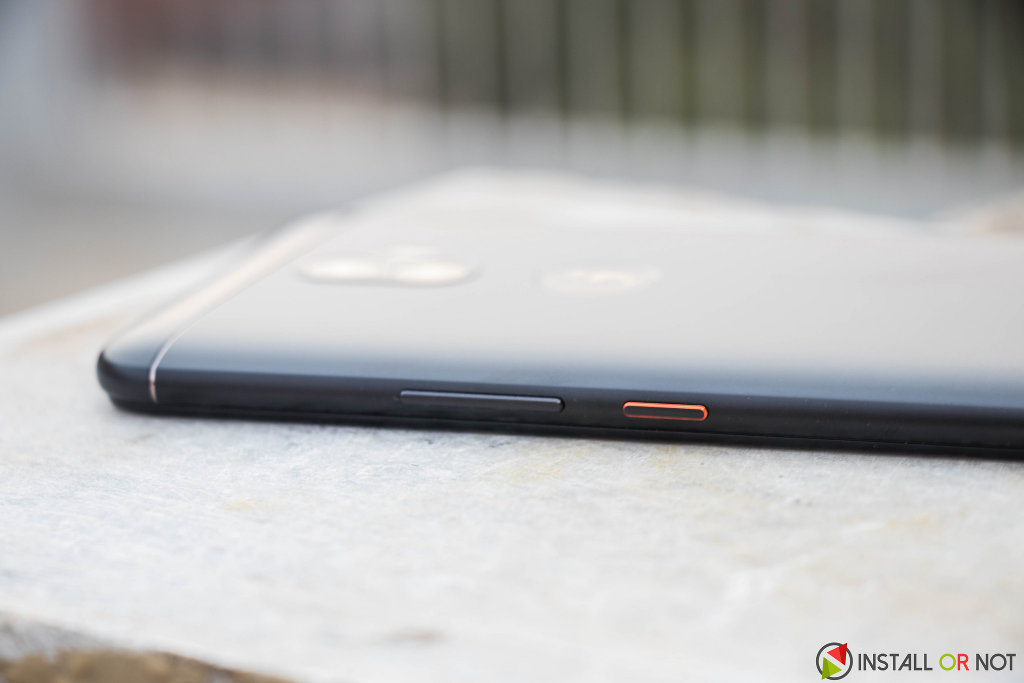
Gionee A1 Plus Specifications
Gionee A1 Plus packs a MediaTek processor with a dual rear camera setup and a high resolution front facing camera. Gionee A1 Plus is marketing this smartphone as the one to compete with big screen handsets like the Mi Max and also includes the latest trend of portrait capture. Here is a spec list to take a glance:
- Dimensions: 166.4 x 83.3 x 9.1mm | Weight: 226g
- 6-inch Full HD IPS 2.5D curved glass display with Corning Gorilla Glass 3 protection
- 2.5GHz Octa-core MediaTek Helio P25 processor with Mali-T880 GPU
- 4GB RAM, 64GB Internal memory, expandable memory up to 256GB with microSD card
- Amigo OS 4.0 based on Android 7.0 Nougat
- 13MP rear camera with LED flash, PDAF, f/2.0 aperture, 1/3.06″ sensor, 5P lens, secondary 5MP camera with f/2.2 aperture
- 20MP front-facing camera, f/2.0 aperture, 1/2.8″ sensor, 5P lens, selfie flash
- 4G LTE, Wi-Fi 802.11 a/b/g/n (2.4GHz/5GHz), Bluetooth 4.1, GPS
- 4550mAh battery with fast charging
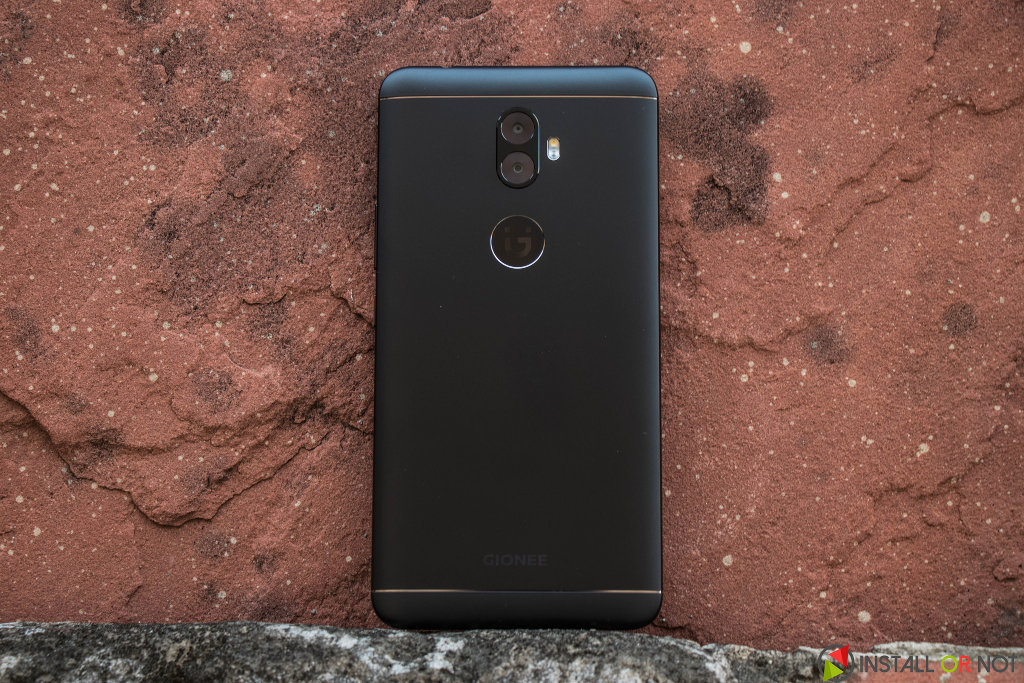
Performance
Gionee A1 Plus being the big brother of the Gionee A1 comes with bigger battery, bigger screen and a better camera. Similar to what we experienced with the Gionee A1, the A1 Plus too can easily run its juice for two days on moderate usage. Sporting a 6-inch display although definitely takes a toll on the Screen On Time (SOT) but the OS could manage it well. We could observe some aggressive battery saving behaviour including less apps in background, cutting off video playback if idle for a long time etc. This might sometime hamper the experience if not judged and optimized well.
Fingerprint sensor on the Gionee A1 Plus is exactly similar to the A1 which is fast and could unlock the handset in a fraction of a second.
Call quality and connectivity is acceptable, we didn’t have to suffer much even in our two week review period. Also the Wi-Fi connectivity seems to be a working fine.
We shall not discuss about the same Amigo OS 4.0 in this review as it has been discussed well in the Gionee A1 review. The Gionee A1 Plus and the Gionee A1 runs on the same Amigo OS version based on Android 7.0 Nougat.
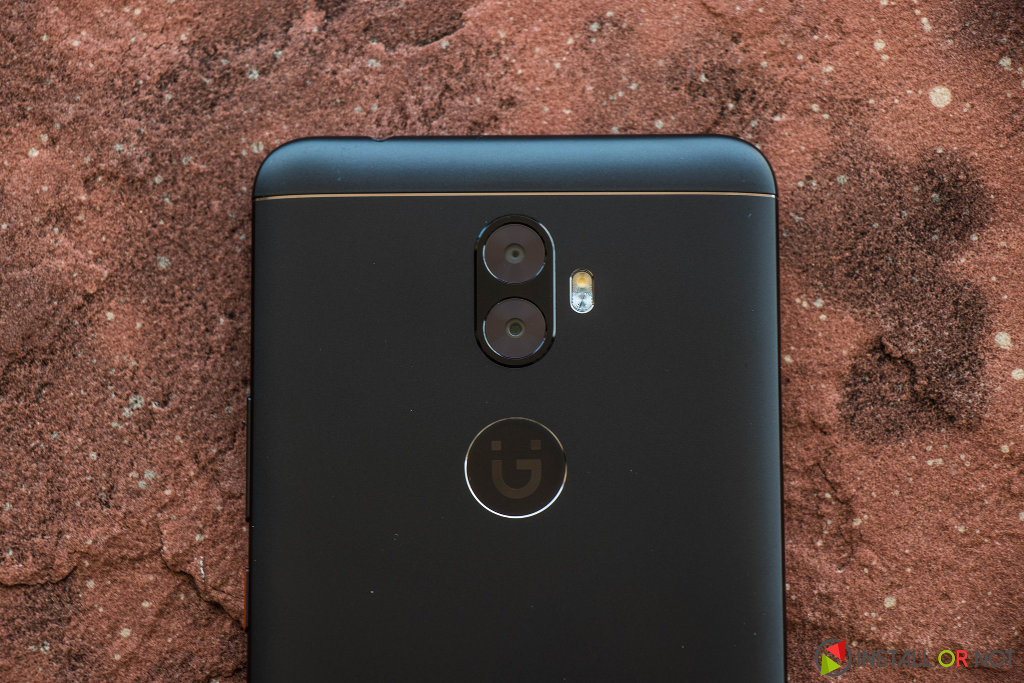
Camera
Following the trend of dual rear camera sensor setup, Gionee A1 Plus comes with a 13MP+5MP rear sensors that work in combination. Camera being one of the USP’s of this smartphone is a targetted marketing property for Gionee. Reiterating the camera specs, it comes with a 20MP front-facing camera with f/2.0 aperture and a LED flash. On the back there is a 13MP sensor with same f/2.0 aperture along with a 5MP sensor, dual LED flash along with Phase detection autofocus.
The front camera produces good results for selfies. There are quite a few filters that can be applied to selfies which can make them look better. As far the rear camera is concerned, the results are fairly satisfactory. The results are good in well in good-lit environments whereas low light images might kill the colors and leave us with less details and more noise if we switched to night mode.
There are several modes including time-lapse, barcode scanning, a manual mode, slow-motion, GIF mode, card scanning, and a translation feature where you can scan a word and translate it much like what Google translate provides. The manual mode aka professional mode provides more tweaking control than the auto mode to capture your composition.
Secondary rear camera only kicks in when capturing portrait shots. Similar to iPhone 7 Plus, OnePlus 5 and other dual rear camera smartphones, the Gionee A1 Plus too adds a blur background affect artificially. Both of the cameras record videos up to 1080p and the results again are fairly satisfactory.
Our Verdict
Gionee A1 Plus being a humungous smartphone comes with its own benefits. Sporting a big AMOLED screen, large capacity battery might lure some but that heavy weight is a lot to carry around. Amigo OS is scaled well to adapt to a bigger display, with no visual glitches what so ever, but MediaTek processor at times run at higher frequencies in order to render content on that big display.
The big size is not what every one can handle. Handling this smartphone needs big hands, or unless you wish to give up the comfort of using a smartphone with one hand. Camera is average and the secondary sensor is only effective while clicking portrait shots.
If you want a smartphone with big display and don’t mind the weight, Gionee A1 Plus is a good option. One should consider Mi Max 2 as well being it available at a cheaper price.
Pros
- Big AMOLED Display
- Battery
- Runs on Nougat Android 7.0
- Portrait Mode
Cons
- Bulky and Heavy
- Filled with Bloatware
- Camera can be improved
[easyreview title=”Install or Not Scorecard” cat1title=”Hardware” cat1detail=”” cat1rating=”3.5″ cat2title=”Performance” cat2detail=”” cat2rating=”3.5″ cat3title=”Design” cat3detail=”” cat3rating=”3.5″ cat4title=”Value for Money” cat4detail=”” cat4rating=”3.0″]

